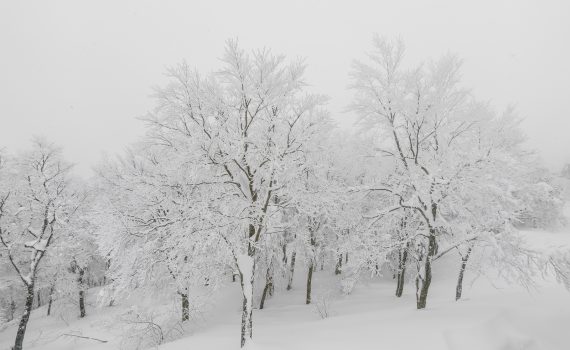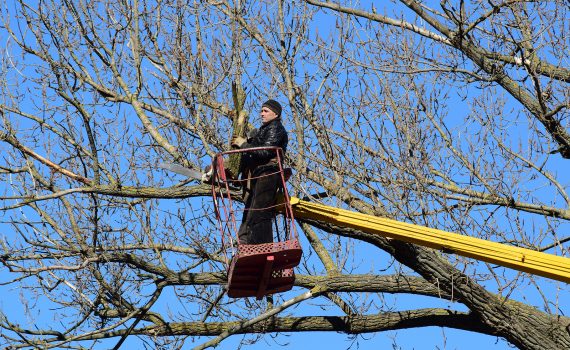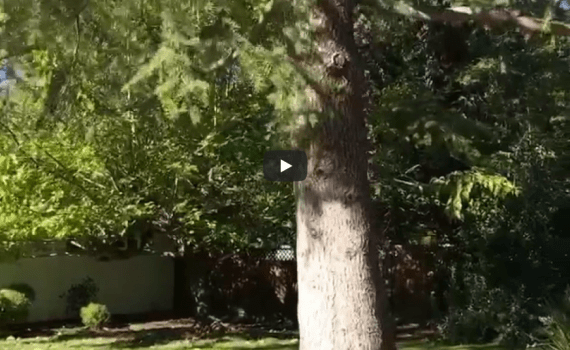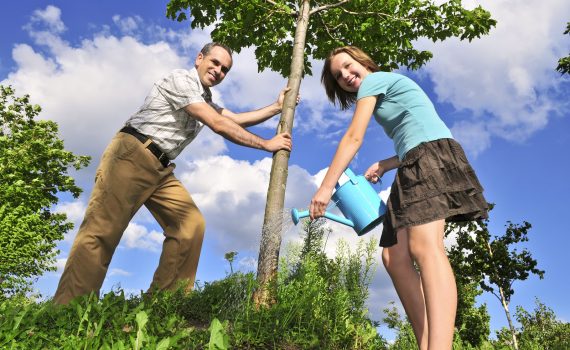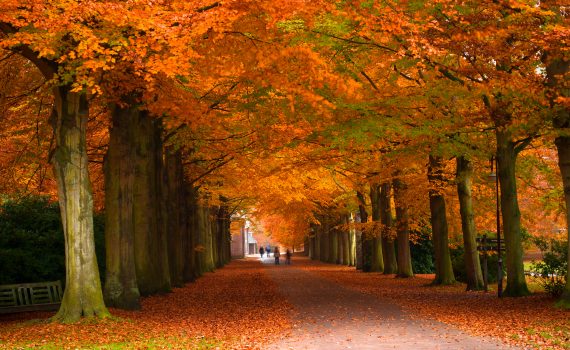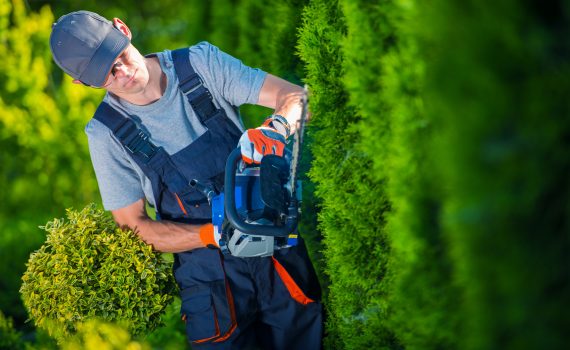Throughout history, trees have been a source of shelter and protection for humans. Trees still provide protection by functioning as windbreaks, stabilizing soil, helping the land to store rainwater, and moderating soil and air temperatures. However nowadays, our trees are more likely to be treasured for their role as ornaments for our homes and gardens. While trees still provide protection for us, there are some situations where trees need our protection to grow and flourish.
Weather
Because we now plant trees outside of their natural habitat, we often need to protect trees from weather conditions that might negatively affect them. Most trees are wind resistant, bending and moving naturally with the wind. However, allowing your tree to become overgrown puts the tree at greater risk of succumbing to high winds. Professional tree pruning allows you to keep your tree’s branches in check and protects your trees from windy weather.
Cold weather can also affect trees. Paying attention to the outdoor temperatures and the forecast for the winter months can help you adequately protect vulnerable trees. If it is possible to move the trees or shrubs (because they are potted), move them to a more protected location. Other susceptible trees can be covered in a burlap, tarp or sheet frost cover to protect from cold weather. Talk to your local arborist about the specific needs of the trees in your garden, and how to best protect them during harsh weather.
Pests
Pests can be a normal part of every garden, but left to get out of control they can destroy your trees and plants. Protecting your trees from pests involves paying close attention to the state of your trees and your garden to monitor pest activity and stay prepared. Of course, you can always use spray pesticides to manage pests, but many homeowners prefer to avoid these. Instead, consulting with your local arborist about pest control and maintaining a clean and tidy area around trees helps protect trees from pests and limit pest attacks in the first place.
Home Construction
Building a new home or a new addition to a home is an exciting time, but the existing trees in your landscape need to be taken into account. Protecting trees during building construction should be a priority as trees offer so much to a property, including bolstering property values. Discussing your construction plans with a tree specialist or arborist can help you develop a plan that takes your existing trees into account and protects them from damage.
Exposed Tree Roots
Exposed tree roots can be an eyesore and a hazard, so what should homeowners do about them? Tree roots become exposed not because they grow above the ground, but because the soil that originally covered them has eroded away. The easy solution to protecting these roots from the lawn mower blade (and protecting the roots from being trip hazards) is to add a circle of mulch around the tree base. This offers a more stable solution to keeping the roots protected and minimizing trips.
While trees offer us the most protection, there are times when they need our protection as well. Developing a plan to protect your trees with your local arborist helps to keep your trees healthy, so they can continue to add beauty to your home for years to come.
 Bringing Sexy Back Into Your Yards
Bringing Sexy Back Into Your Yards 
